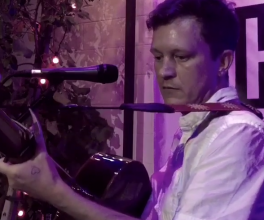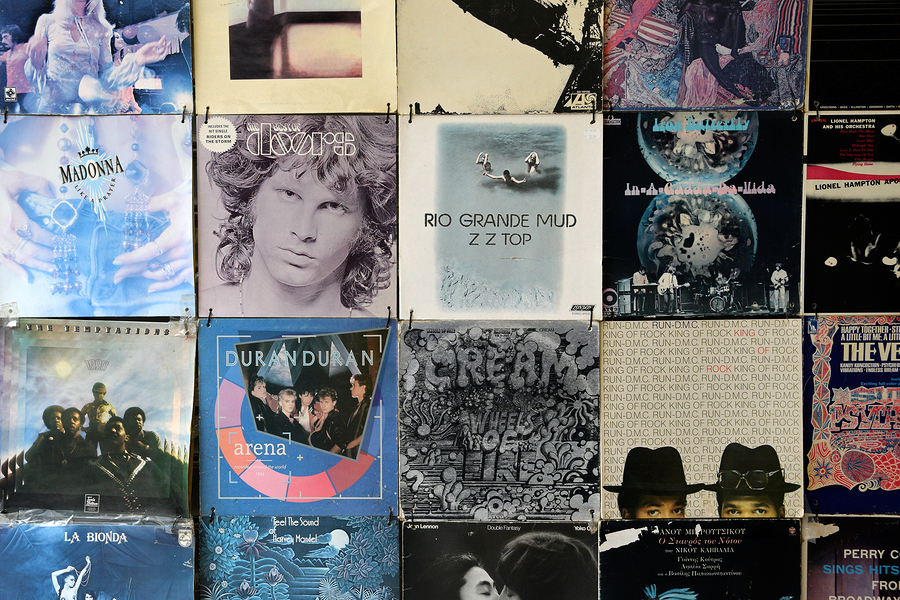 When up-and-coming artists start to wonder how to upload music on iTunes, many consider an avenue that brings about interest and recognition: making a cover.
When up-and-coming artists start to wonder how to upload music on iTunes, many consider an avenue that brings about interest and recognition: making a cover.
From old classics like the Moody Blues to newer hits belted by artists like Jason Mraz and Beyonce, covers can be a perfect way to get attention and grow a fan base who may or may not have heard your original music before. Because many can connect with a more mainstream or well-known song and because many appreciate the various twists that cover bands create, covering a song can be a great foundation upon which to build a unique style when you’re trying to figure out how to upload music to iTunes.
But while most don’t need a manual when it comes to covering pop, hip hop, jazz, or country, there is one music genre that makes covers, well, just a bit more difficult.
Welcome to your SongCast guide on how to cover a dance track
One of the reasons that covering a dance track can be so difficult is because of the technique used by artists who produce dance tracks. Because much of a dance track is incredible sound (as opposed to perfect harmonies), many artists create their music by prioritizing unique and interesting sounds over more regulated melodies. The result is an amazing, almost spontaneous track, perfect for pumping through speakers, but not-as-easily covered.
The trick is to try covering the track as loosely as possible at first. Take this cue from dance artists; try to stick to the beat and the sound, but experiment and don’t hold yourself too strictly to the original track. Next, begin to slowly translate what you’re hearing, section-by-section. Don’t let yourself grow frustrated, and don’t expect perfection from the beginning; the track was formed thanks to unique, random sounds, so let your band cover it the same way.
From there, and though this piece of advice is relatable to all genre covers, practice; practice, practice, practice. The famous Chicago-based band Umphrey’s McGee set out this summer to cover Daft Punk’s “Get Lucky,” and though the band had an incredible first live performance, it took months to perfect the cover.
Last but not least, don’t strive for perfection. Though your lead singer may be able to nail that note in Adele’s “Rolling in the Deep” every time, your cover performances of dance tracks will most likely be just slightly different each time you play.
But hey, in the end, it’s that personal touch that will set your band apart from all the rest.












































Comments
No comment